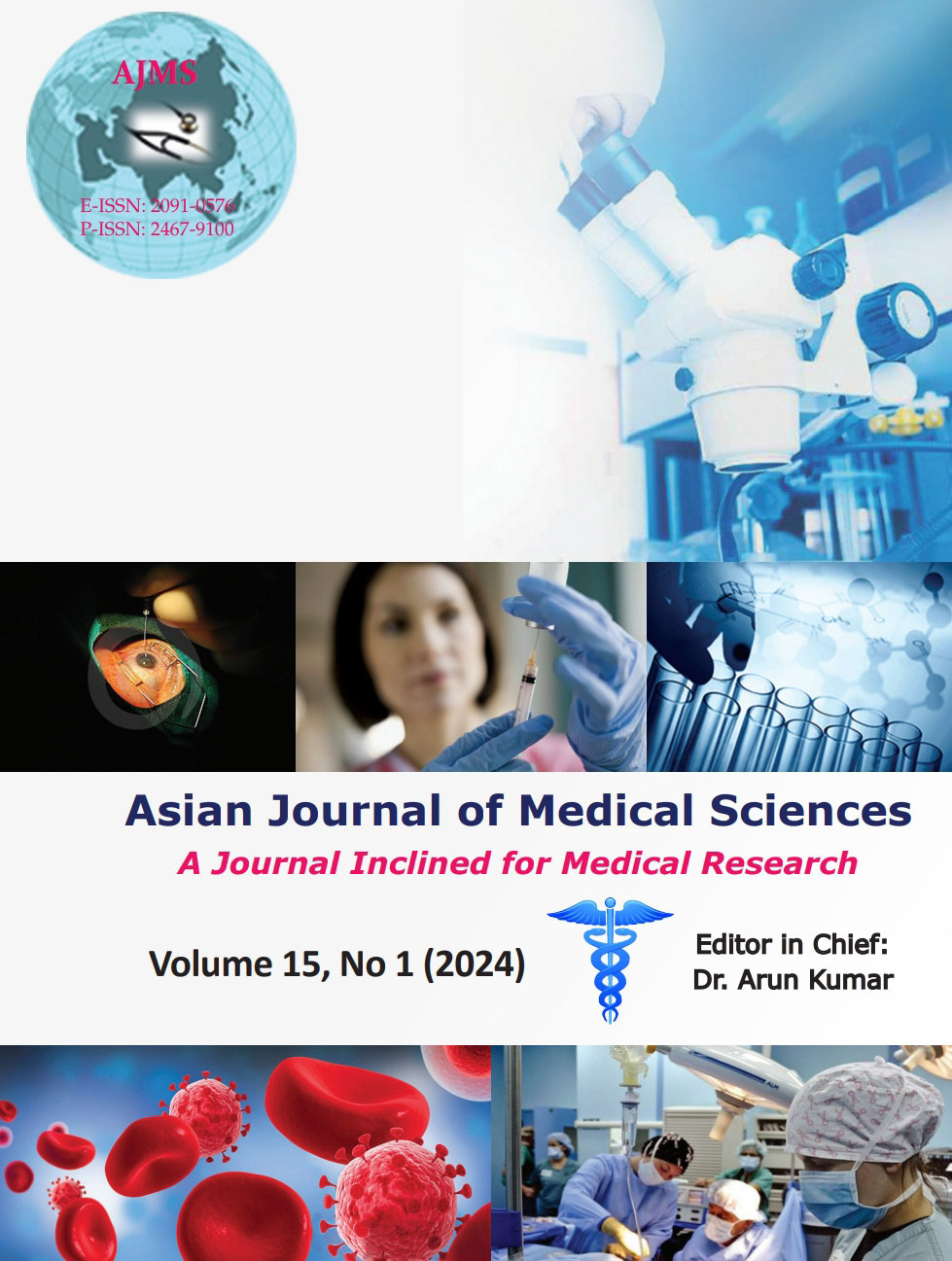A clinical study on different surgical options for management of post-burn axillary contractures
Keywords:
Burns; Axillary contracture; Z-plasty; Skin graftingAbstract
Background: Post-burn contracture is a common sequele occurring after burn. Upper limb contracture like axilla is also occurring more commonly because it is most mobile part of body and likely to involve in burn. Post-burn contracture of axilla leads to functional deficit as it limits the movement of upper extremity mainly abduction and extension. Patients with axillary contracture are unable to utilize his upper limb because he is unable to take the hand at required site.
Aims and Objectives: The objective of this study was to study various operative strategies for patients presenting with post-burn axillary contracture.
Materials and Methods: Twenty patients presenting with post-burn axillary contractures were taken in our study.
Results: In our study of 20 patients of post-burn axillary contracture, five patients had Grade I (25%), Grade II 05 (25%), Grade III 01 (5%), and Grade IV 09 (45%) contractures. Regarding surgical procedure, Z-plasty was done in 8 patients (40%), release with skin grafting 10 patients (50%), and local flap done in 2 patients (10%). In our study, the mean degree of range of motion achieved after release of axillary contracture was 120°. In our study, 2 patients (10%) developed re-contracture, 1 patient (5%) had a graft failure while 85% of the patients had no complications.
Conclusion: In the present study of 20 cases of management of post-burn axillary contracture, it is reasonable to conclude that the prevention of contracture is of utmost importance. The choice of surgical procedure for reconstruction of post-burn axillary contractures can be made according to the pattern of scar contracture and the state of the surrounding skin. The choice of a flap should have priority over the skin graft due to the superior functional and esthetic results of flaps. The results were satisfactory in our study in most cases with regard to quality of life, coverage, and range of motion.
Downloads
Downloads
Published
How to Cite
Issue
Section
License
Copyright (c) 2023 Asian Journal of Medical Sciences

This work is licensed under a Creative Commons Attribution-NonCommercial 4.0 International License.
Authors who publish with this journal agree to the following terms:
- The journal holds copyright and publishes the work under a Creative Commons CC-BY-NC license that permits use, distribution and reprduction in any medium, provided the original work is properly cited and is not used for commercial purposes. The journal should be recognised as the original publisher of this work.
- Authors are able to enter into separate, additional contractual arrangements for the non-exclusive distribution of the journal's published version of the work (e.g., post it to an institutional repository or publish it in a book), with an acknowledgement of its initial publication in this journal.
- Authors are permitted and encouraged to post their work online (e.g., in institutional repositories or on their website) prior to and during the submission process, as it can lead to productive exchanges, as well as earlier and greater citation of published work (See The Effect of Open Access).




